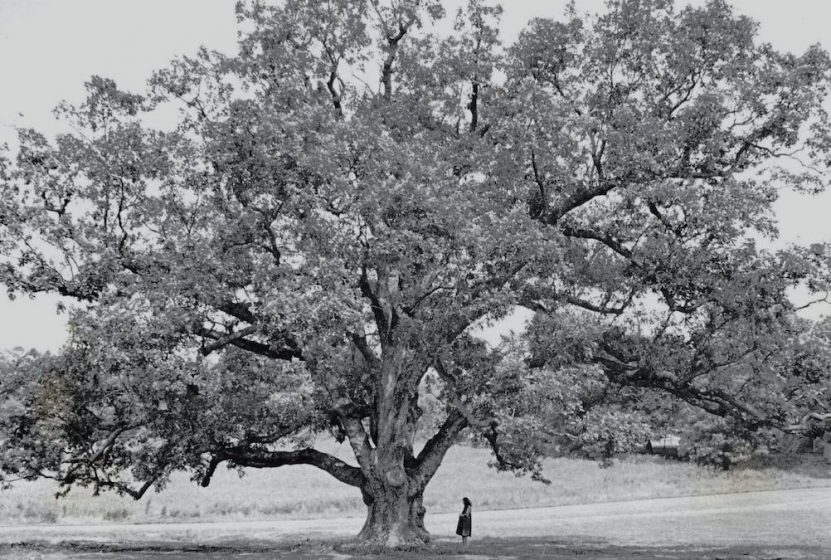Tuesday, February 22
American Chestnut trees in the Eastern United States were once up to 100 feet tall and nine feet around, much like the Redwoods in California, before the chestnut blight destroyed four million of these magnificent trees. Join the University of Tennessee Arboretum Society for a virtual program on Zoom at 7 p.m. Tuesday, February 22. Learn from Stacy Clark, a research forester with the USDA Forest Service, about the latest efforts to restore the American Chestnut. Go here to register for the free program.
The UT Arboretum has a trail named “The Lost Chestnut Trail” with American Chestnut (Castanea dentata) stumps that sprout shoots but die at five to seven feet due to the chestnut blight (Cryphonectria parasitica) which destroyed the majority of the American Chestnut trees in the Eastern United States. These magnificent and ancient trees even had nuts that were edible.

Stacy Clark
Clark is an adjunct assistant professor at UT. Her research interests span the life cycle of the oak tree from the acorn to old growth to the whiskey barrel. She currently leads research projects on American chestnut restoration and artificial regeneration of upland oak.
This program, co-sponsored by Tennessee Citizens for Wilderness Planning will be on Zoom and recorded for those that cannot tune in. The recording will be sent to all who register. Closed captions are available. Please contact UT Arboretum education coordinator, Michelle Campanis, with any registration issues at mcampani@utk.edu
Melanie Staten is a public relations consultant with her husband, Vince.
Go to OutdoorKnoxville.com to find other activities.

